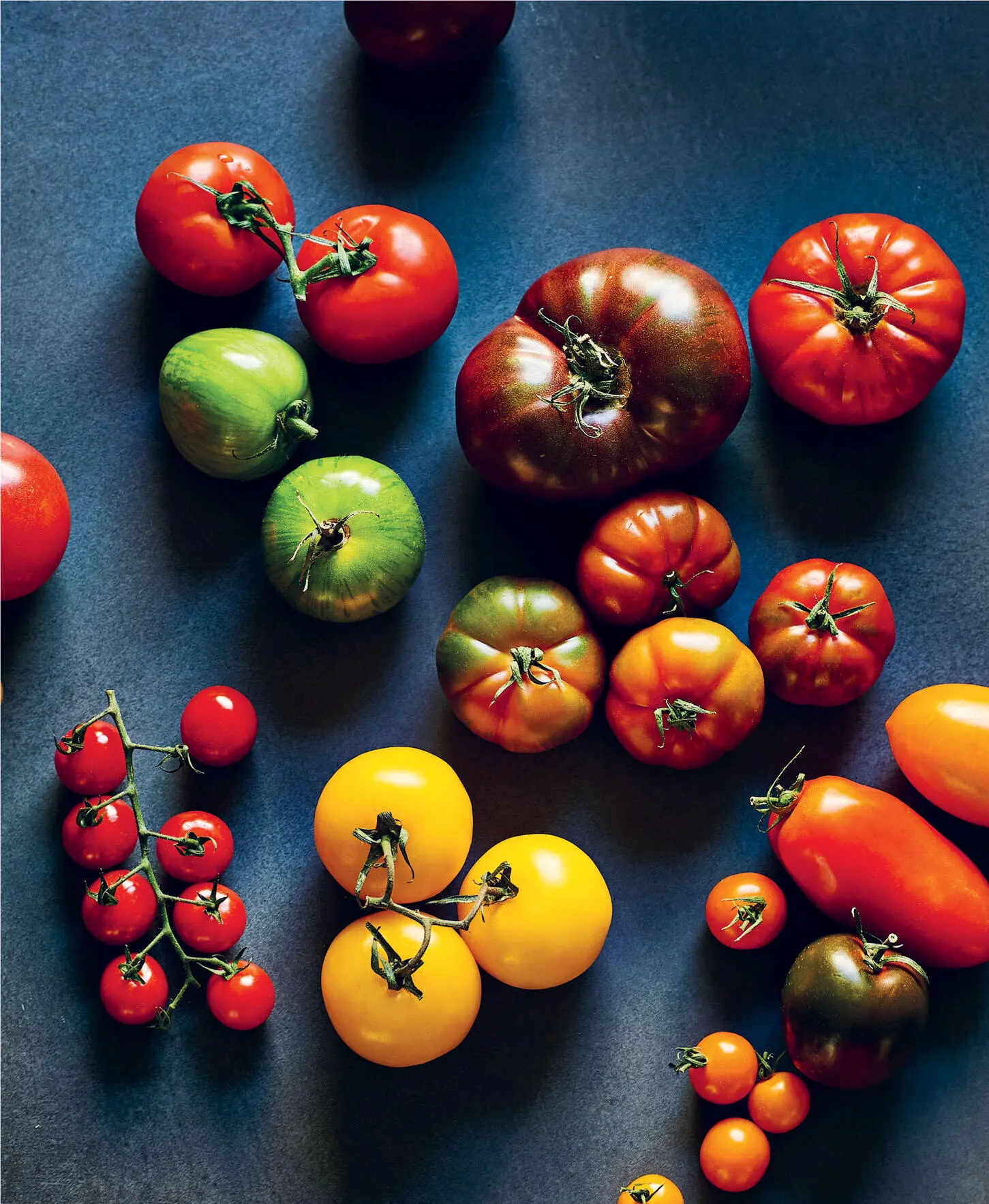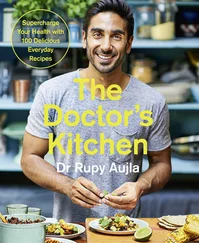What follows is a description of lifestyle changes and foods that support your bugs, prevent fat accumulation and balance inflammation through a variety of pathways.
+ Good-quality fatsIt’s long been thought of as a hindrance to health and wellness to have any fats in your diet because of fears of weight gain and risks to your heart, but once again it comes down to the quality of the fats in your diet rather than purely the amount. Dietary fatty acids from oily fish and nuts can positively impact inflammation by changing the expression of your genes, influencing the inflammation pathways within cells. They’re also the building blocks of molecules that are used to signal your body’s anti-inflammatory response. 98, 99, 100Whole sources of fats from plants such as walnuts, macadamia, pumpkin seeds, sunflower seeds and of course extra-virgin olive oil 101are great sources of fats that have been shown to be anti-inflammatory. These contain more of the Omega-3 fats that can balance inflammation as we learnt about in the chapter on heart health ( here). I tend to use olive oil liberally in cooking and I use the highest quality, cold-pressed varieties where possible for flavour as well as function.
+ PolyphenolsThese are a category of health-promoting chemicals that we find in food and there are literally thousands of them. In general, the coloured vegetables lining our supermarket grocery aisles are great sources of these potent compounds that can target processes related to inflammation. These targets have long and confusing names like the protein complex ‘nuclear factor kappa B (NF)-κB’ 102,103and the enzyme ‘cyclooxygenase (COX)’ 104,which also happen to be molecular targets for medications that we prescribe for things like arthritis and pain. This isn’t to suggest that we can or should replace drugs with food, but the polyphenols you find in a crisp apple, humble pea or vibrant butternut squash all possess the ability to modulate inflammation by impacting these and many other processes involved in inflammation. 105, 106A rainbow diet is the easiest way to guarantee a collection of polyphenols that can lower the inflammatory burden. 103
+ Green foodsOf particular mention are undoubtedly the greens. The impact of brassica vegetables including broccoli, rocket, kale, bok choy and sprouts are absolutely incredible, which is why I try to eat these daily, if not at most mealtimes … and yes, that includes breakfast (try my One-pan Greek Breakfast hereor Watercress, Walnut and Crayfish here). These ingredients contain many chemicals, including some well-studied compounds called sulforaphane and indole-3-carbinole that prevent oxidative stress. 107,108These are some of the most technologically advanced ‘drugs’ and they’re only available in grocery stores. Get them on your plate.
+ Red foodsDeep red-coloured foods contain a particular type of flavonoid called anthocyanin that is well known to be a potent anti-inflammatory chemical. 109We get these from cheap accessible ingredients such as red cabbage, blue- and red-coloured berries, chard as well as more exotic ingredients such as black rice, red carrots and purple potatoes. The benefits of red foods are complemented by other colours in your diet. I am by no means suggesting only eating red and green foods for inflammation, but discovering how and why these foods reduce oxidative stress and balance inflammation is exciting enough for me to include these in my diet regularly.
+ High-fibre foodsHigher glycaemic index (high GI) foods that release sugar into the bloodstream rapidly are associated with greater inflammation measures in the blood. 110, 111Regular consumption of these high GI foods, such as refined cereals and grains, breads, pasta, cakes and biscuits (no matter whether they are labelled ‘healthy’, ‘wholegrain’, ‘gluten free’, or anything else that has an apparent health connotation) is associated with a higher inflammatory burden. This is not a call to remove these foods entirely from your diet. I would never want to rob someone the pleasure of enjoying delicious freshly prepared pasta or a warm, fluffy doughnut with sticky jam. But, greater awareness of why these are not the best foods to eat regularly will mould your daily choices and heighten your understanding of what health-promoting food means for you. A simple way to reduce inflammation is simply switching from carbohydrates that quickly release sugar into the blood to foods that are higher in fibre and thus release sugar more slowly. 112Examples include split peas, artichokes, onions, whole apples, black beans and yellow lentils. In addition, these foods positively enhance the population of gut microbes by giving them a food source to flourish on.
+ SpicesExotic spices, such as turmeric and cloves, have become a popular topic among those trying to lead a healthier lifestyle. While I welcome greater research into the exciting compounds found within these spices, especially as they may have a role in treatment of inflammatory disorders such as osteoarthritis, psoriasis and rheumatoid arthritis, 113, 114, 115they are by no means the only ones. As a general rule of thumb, a wide range of spices contain dense concentrations of phytochemicals and micronutrients, which provide a variety of antioxidants that have the potential to reduce inflammation. 116, 117Rather than concentrating your diet around specific spices that you may not even enjoy or have access to, a simple strategy is to use those that you appreciate the flavour of. You’ll notice all of my dishes use plenty of spices and herbs and there is a clinical as well as culinary reason behind this. I’ve purposely included a section dedicated to making fresh pastes and spice blends from scratch (here) and I hope they will encourage you to enjoy the process of using these amazing ingredients, ranging from mint, basil and marjoram to sumac, cinnamon and cayenne.

LIFESTYLE 360
These changes to the diet can serve to improve our balance from a state of pro-inflammation to one that is more harmonious with the intended function of our bodies. Your lifestyle, however, is important and these practices are just as impactful.
+ Slow down your eatingI used to find myself running from appointments across the city with a snack in my hand, eating at my desk to sift through mounting paperwork during clinic or squeezing meals into a 10-minute break on an A&E shift. Many of my colleagues and patients relate to this. Even when we’re not rushed, we eat in front of screens, we scoff food at pace and hardly ever take time to appreciate the ingredients themselves. A measurement of stress in the body is a hormone called cortisol that is shown to be lowered if food is eaten slower and more mindfully. 118The state in which food is consumed can be just as impactful on the body as the food itself. As a simple practice, I recommend patients take a few gentle breaths before starting to eat, and remove screens, in an effort to slow down the process so they can give their full attention to the food and perhaps the conversation around them.
+ Mind–body interventionsMind–body interventions, like Tai Chi and meditation, have been shown to reduce the expression of genes which code for proteins that lead to inflammation. 119In many studies, different types of stress-relieving and relaxation techniques have demonstrated significant anti-inflammatory effects. 120There should be no doubt that stress and psychological ill health are associated with inflammation and, conversely, stress-relieving techniques are anti-inflammatory. 121When appropriate I discuss these studies with patients and I find that describing the clinical research underpinning my belief in the utility of mind–body interventions is really motivating for them. Think of mind–body interventions as any practice that encourages inner calm, whether that be the simple act of reading in a quiet space or meditation and yoga practices.
Читать дальше













